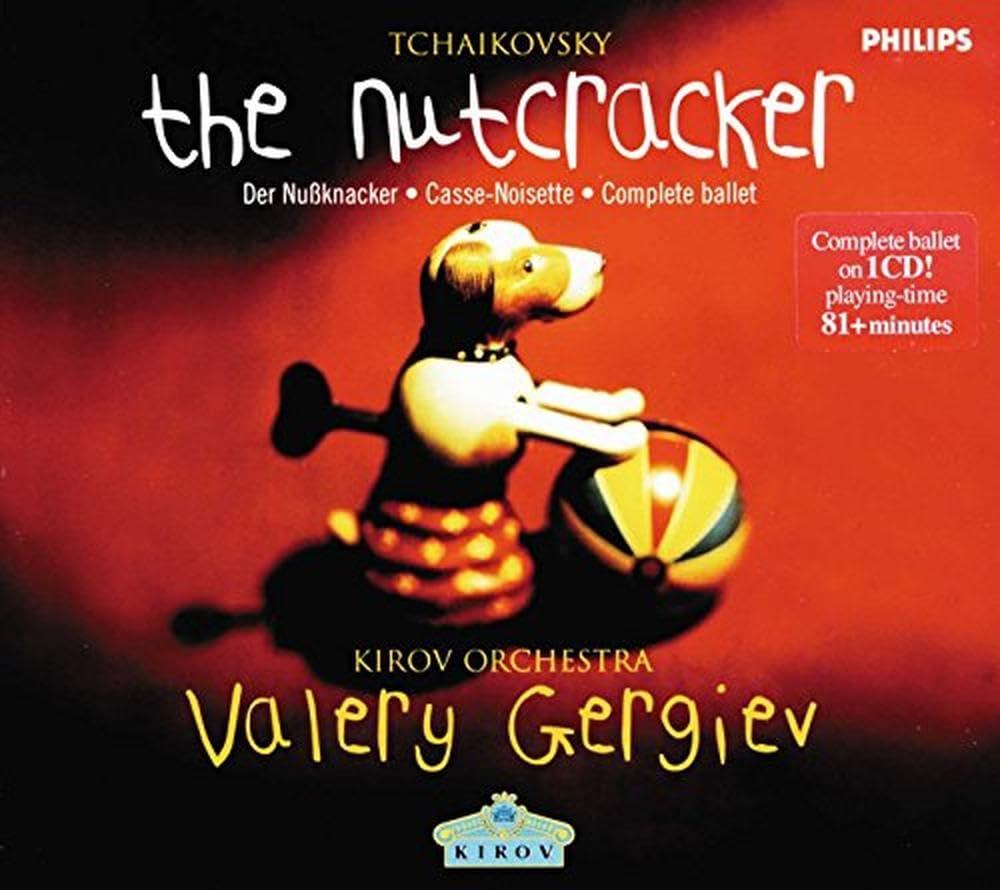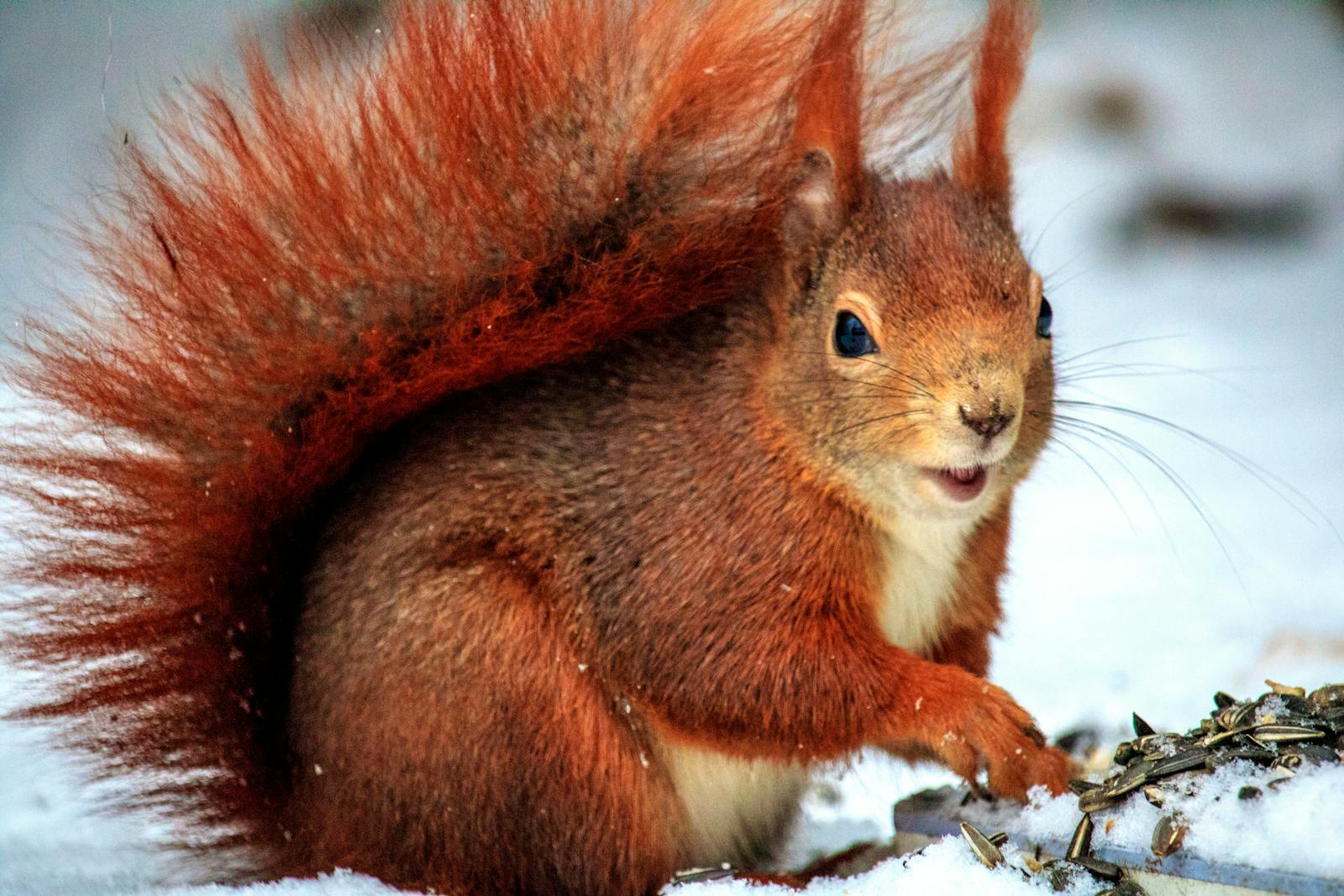Development and premiere of The Nutcracker
- The Nutcracker was commissioned by the director of Moscow’s Imperial Theatres, Ivan Vsevolozhsky, in 1891.
- The ballet had its premiere as a double feature with Tchaikovsky’s last opera, Iolanta, at the Imperial Mariinsky Theatre in St. Petersburg in December 1892.
- Initially, the complete ballet was not as successful as the Nutcracker Suite, which quickly became popular.
- Lev Ivanov and Marius Petipa were central in the choreography, working closely with Tchaikovsky.
Historical and cultural context
-
Tchaikovsky composed during Russia’s late 19th-century cultural dynamism, despite looming socio-political shifts.
In the late 19th century, Tchaikovsky composed “The Nutcracker” amid a flourishing era of Russian cultural dynamism, marked by an explosion of artistic and intellectual accomplishments. The period saw Russia asserting its creative prowess through literature, music, and art, with figures like Tolstoy, Dostoevsky, and Rimsky-Korsakov achieving global recognition. This vibrant cultural landscape influenced Tchaikovsky’s work profoundly, enriching his compositions with deep emotional nuance and thematic depth.
However, this cultural renaissance was shadowed by socio-political unrest. The waning influence of the Russian aristocracy, coupled with escalating social reforms and discontent, added a layer of tension. Tchaikovsky’s music, including “The Nutcracker,” subtly reflects this dichotomy. Bursting with enchanting melodies and complex emotional textures, his works served as a counterbalance to the turbulent times, offering audiences a sense of escapism and ethereal beauty while encapsulating the spirit of an era poised on the brink of revolution.
-
Russian Romanticism significantly influenced The Nutcracker’s thematic elements.
The Nutcracker’s rich thematic elements are deeply rooted in the ethos of Russian Romanticism, a cultural movement that flourished in the late 19th century. This era in Russia was marked by a profound exploration of folklore, emotional intensity, and a yearning for the fantastical and the mystical. Tchaikovsky, a prominent Romantic composer, infused these quintessential elements into The Nutcracker, capturing the imaginative allure of E.T.A. Hoffmann’s “The Nutcracker and the Mouse King.” The fantastical transformations, the magical settings, and the vibrant characters align seamlessly with Russian Romantic ideals.
Furthermore, the ballet’s orchestration reflects a Romantic fascination with the sublime, blending sweeping melodies and dynamic contrasts to evoke wonder and emotion. The Romantic ethos is also evident in its dichotomy of innocence and menace, portraying Clara’s tender journey alongside darker, surreal undertones. By embracing these cultural currents, Tchaikovsky not only highlighted Russian Romanticism’s artistic depth but also bridged it with universal appeal, ensuring The Nutcracker’s timeless resonance.
- The piece was composed amid an argument that Tchaikovsky accepted to base a melody on the octave scale, creating the Grand Adage.
Musical innovation and elements
-
Tchaikovsky’s innovative use of the celesta in *The Nutcracker*, particularly in the “Dance of the Sugar Plum Fairy,” marked a significant moment in musical composition. The celesta—an instrument resembling a small piano but producing a bell-like, ethereal sound—was relatively unknown at the time. By integrating it into the ballet, Tchaikovsky not only elevated the character and mystique of the Sugar Plum Fairy but also introduced audiences to an entirely new tonal palette. This delicate, shimmering sound perfectly encapsulated the magical and otherworldly atmosphere of Act II’s Land of Sweets, leaving a timeless impact on both ballet and classical music traditions.
Interestingly, while the celesta was already present in Tchaikovsky’s earlier piece, *The Voyevoda*, its prominent usage in *The Nutcracker* cemented its place as an orchestral favorite. The unique timbre of the celesta added a dreamlike quality to the piece, emphasizing Tchaikovsky’s genius in using instrumentation to amplify narrative and emotional depth.
- The music is structured in a ternary form, creating a fantasy-like atmosphere.
- The original music needed more early critical acclaim, achieving fame posthumously.
Adaptations and legacy
- The first U.S. performance was by the San Francisco Ballet in 1944.
- George Balanchine’s 1954 version for the New York City Ballet propelled its popularity.
- The Nutcracker’s adaptations span numerous mediums, reflecting its lasting significance.
- Today, it is one of the most recognized ballets, especially popular during Christmas.
Reception and critical shifts
- The Nutcracker faced initial criticism upon its debut but was praised for Tchaikovsky’s score.
- Its true appreciation grew significantly after Tchaikovsky’s death.
- The ballet was reevaluated positively as a cultural and musical staple in the 20th century.
♠
Found a bug? Have some other thoughts on this tool? Let me know here →






